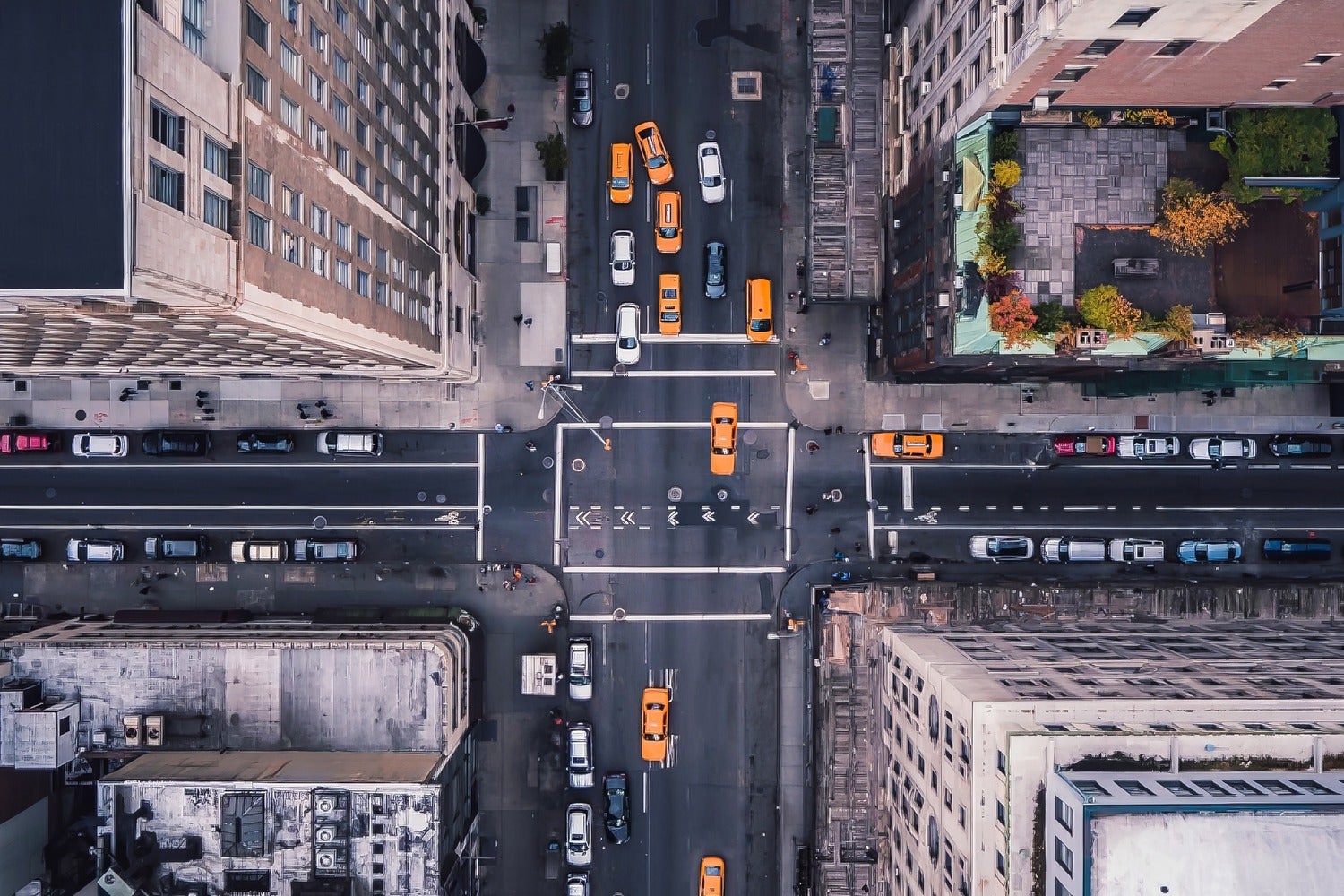Hey team, and welcome back to one5c! Between the L.A. fires, persistently frigid temperatures, and confirmation that 2024 was the first year with an average global temperature more than 1.5 degrees above preindustrial levels, January is January-ing pretty hard. That’s the bad news. The good news is that we’ve got a couple fresh ways to channel despair into action—and one of ’em is a particularly tasty (and sustainable) salve for those long winter nights. —Corinne
WHAT WE’RE INTO THIS WEEK
By Sara Kiley Watson & Corinne Iozzio

Accountability check
Blame throwing in L.A.
The fires burning across Los Angeles County have lasted nearly a week, burned through 38,629 acres, and killed at least 24 people. While there’s a lot at play in terms of how and why something like this could happen (hint hint, decades of poor land management and an ever-warming climate), there’s a dose of misinformation making the circuit as well. One particularly popular bit of misdirection claims that California Gov. Gavin Newsom refused to sign a “water restoration declaration” that would’ve prevented the fires. Not only is there no such declaration, but water experts have also pointed out that scarcity during the fires wasn’t due to a lack of actual water in the area but rather infrastructure and geographical issues inherent in high-elevation locations. CNN has a great debunker on this and some of the other falsehoods floating around.
Report card
New life for old turbines
Renewable energy is pretty amazing, but figuring out what to do with clean-energy tech once it’s no longer useful is a huge to-do. However, a new report from the Department of Energy has found that, by mass, 90% of the material in the average wind turbine is recyclable, including their steel-based towers and foundations. It’s the 10% left over, which includes blades and generators, where things get tricky. While there are definitely some places like Denmark and the Netherlands that are finding creative ways to utilize retired blades for other uses, the DOE has its own ideas, like strategically placing recycling centers since moving retired turbines can be a huge hassle. “Achieving a fully sustainable domestic wind energy industry is well within reach,” Jeff Marootian, principal deputy assistant secretary for the Office of Energy Efficiency and Renewable Energy, said in a release.
Consume this
This simple, sustainable soup will get you through winter
Frigid temps are sending teeth chattering across much of the U.S., and one seasonable (and scrumptious) solution is a hearty bowl of soup. Luckily, the cooks over at Cool Beans—one5c’s newsletter dedicated to eating sustainably—have a shortcut that’ll keep you slurping perfect bowls of goodness all winter long. The secret is a stash of “soup starters”: concentrated bombs of flavor you can prep in minutes, freeze in ice cube trays, and reconstitute into a rich and flavorful broth whenever the mood strikes. These ones in particular tap miso and other umami superstars to mimic a classic tonkotsu broth, which usually gets its deep flavor from pork marrow. They’re the perfect weapon to spice up fried rice, a marinade, or, crucially, a big bowl of ramen.
Waste not
What do with all that e-waste
We’ve all got a drawer or cabinet or box jammed with old phones, cables, charging bricks, and other derelict electronic paraphernalia. The urge to hang on to this stuff is completely understandable: According to the U.N., electronic waste is the fastest-growing stream of trash in the world, and piles of gizmos rotting in landfills can leech all kinds of nastiness into the ground. January is prime cleanout season, so we figured it was as good a time as any to share our best tips for responsibly getting rid of your stash of electronics excess. You can start with responsibly disposing of your electronics, and for extra credit why not move on to that shoebox full of batteries, too?
MIC-DROP CLIMATE STAT
10 days
The amount of time it took the world’s richest 1% to use up their fair share of the global carbon budget for 2025, according to an Oxfam analysis.
BUILT ENVIRONMENT
3 MYTHS ABOUT CONGESTION PRICING, DEBUNKED
By Tyler Santora

Starting on Jan. 5, New York City began charging a congestion toll on vehicles driving into the city’s high traffic zone south of 60th Street in Manhattan. This is the first congestion pricing project in the country, but similar programs have been in place in locales like Stockholm and London for years. The goal is to reduce traffic, cut carbon emissions and air pollution, and raise funds to improve public transit.
Opinions about this policy run the gamut, of course, and misinformation on how the program works—and how it impacts businesses and vulnerable populations—is fueling the debate. Here is some clarity on three of the biggest myths circulating.
Myth #1: Congestion pricing hurts low-income people
About 85% of those who commute into the congestion zone take public transit. Of low-income New Yorkers, that percentage is even higher: One analysis found that only 2% of working low-income people in the city may be subject to the fees. That comes out to 5,000 people, compared with 257,000 working low-income New Yorkers who take the subway or bus.
Of the low- and middle-income New Yorkers who do drive, those who live in the congestion relief zone and make less than $60,000 per year will receive a tax credit that covers the fee. Drivers coming in and out of the area who make less than $50,000 get a 50% discount, and city residents with disabilities (and anyone who drives their family cars) receive a full exemption.
Myth #2: Congestion pricing hurts businesses
Yes, deliveries into this area of Manhattan will face fees ($14.40 for small trucks and $21.60 for large trucks at peak hours) which some businesses say may lead them to raise prices on goods and services or else take hits to their profit margin. But the new policy also promises to cut traffic-related delivery delays, leading to more reliability and less need for merchants to keep buffer stock on hand, which can be expensive. If the results in New York are the same as they are in international cities, these effects should even out, or even fall in the direction of benefiting businesses. There’s also little credence to the idea that the toll will discourage consumers from entering the area below 60th Street, as the overwhelming majority of people coming into the zone use public transit.
Myth #3: New York’s congestion pricing is perfect
Definitely not; there are many logistical issues. For one example, it can be tricky (but not impossible) to get from Manhattan to Queens without passing through the toll zone. Drivers may end up paying the fee because they dip below 60th Street to get onto the Queensboro Bridge, which connects the two boroughs, even though they may only be in the congestion relief zone for less than a minute. Staying on highways without exiting to street level should help drivers avoid this conundrum.
Another downside: The $9 fee for passenger vehicles during peak hours is much less than the $15 initially suggested by the Traffic Mobility Review Board. Even at $9, the fee is expected to reduce the number of miles traveled in the congestion zone by 6.4% and number of vehicles by 13.4% (that is, however, quite a bit lower than 8.9% fewer miles and 17.3% fewer vehicles expected from a $15 toll). However, it’s set to rise by 33% in 2028 and again by 25% in 2031. And since the fee is already controversial, economists suggest it may be best to start low for the good of future congestion pricing projects across the country.
